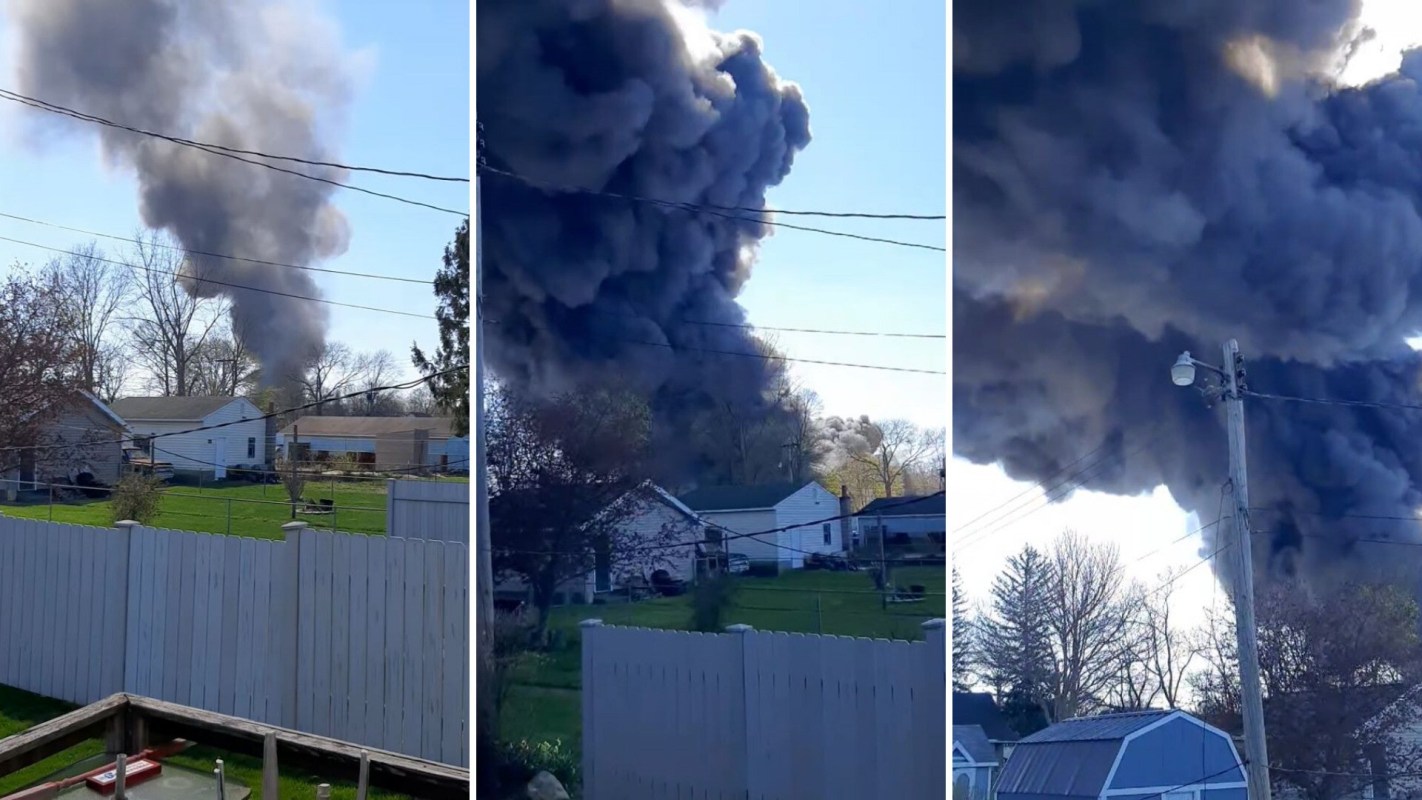Residents of Richmond, Indiana, were horrified on April 11 when a plastics recycling warehouse caught fire, resulting in the evacuation of over 2,000 residents living within a half-mile radius of the blaze.
Thick, toxic black smoke spewed from the warehouse as nearly 14 acres of plastics burned. And while officials arrived quickly on the scene, it took about two days to extinguish the inferno.
Plumes of black, toxic smoke billowed out over eastern Indiana on Wednesday from an industrial fire at a plastics recycling plant. More than 2,000 residents were ordered to evacuate, and the fire is expected to burn for days, the authorities said. https://t.co/Igics82OGP pic.twitter.com/D59z9Fu7CB
— The New York Times (@nytimes) April 12, 2023
What was in the smoke?
Environmental Protection Agency officials confirmed that samples taken within one and a half miles of the site contained cancer-causing asbestos. The agency also found two additional dangerous chemicals — hydrogen cyanide and benzene — at sites near the blaze.
But beyond these toxic substances, the sheer amount of particulate matter — or small particles of pollution — in the air seemed to aggravate citizens' respiratory health.
One resident, Wendy Snyder, told WHIO, "There is a stink in the air when you go outside on our porch. In fact, it burned my throat."
Indiana's chief fire marshal, Stephen Jones, warned residents at a press conference that "the smoke is definitely toxic … people need to avoid getting in the smoke and getting out of harm's way."
A plastics nightmare
Dr. Richard Peltier, an expert in environmental health sciences at the University of Massachusetts-Amherst, explained to CNN that the smoke was hazardous because it formed out of burning plastic.
"We know that it is very common that a large range of chemicals are formed whenever plastic materials are burned, including … strong carcinogens, and it's important for people to avoid exposures," he told the outlet.
Such exposure is known to trigger asthma attacks and cause headaches, nausea, and dizziness, at least in the short term.
Moving forward
On April 16, Wayne County officials lifted the evacuation order, assuring residents that the air was safe to breathe.
But as politicians, local leaders, and the plant's owner play the blame game, one thing is clear: Products made from dirty energy sources, namely plastics, are dangerous to public health.
Efforts to switch away from plastic products, however, are gaining steam as governments, businesses, and everyday people are seeing the benefits of using less plastic.
Join our free newsletter for cool news and actionable info that makes it easy to help yourself while helping the planet.









